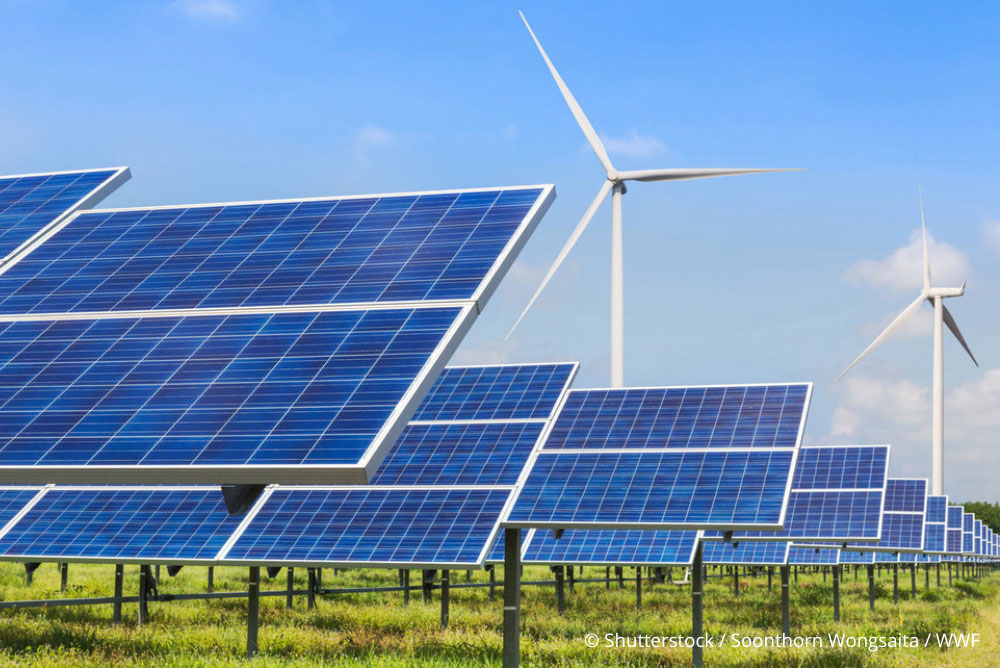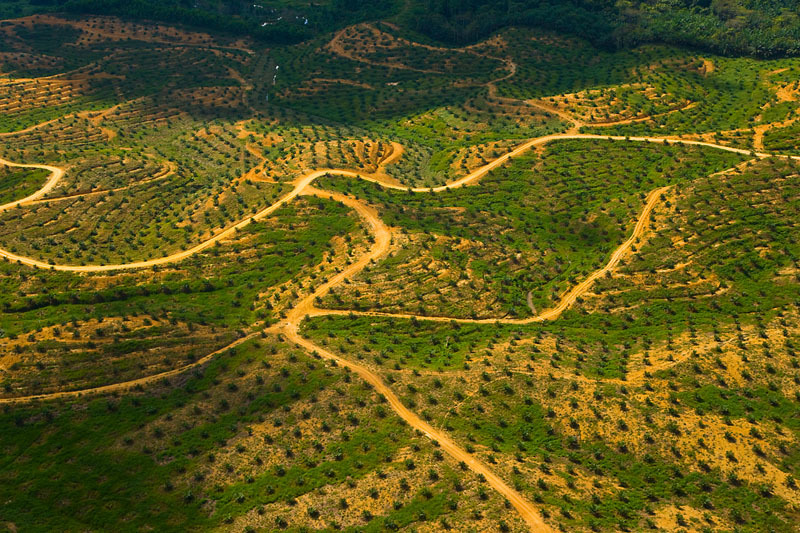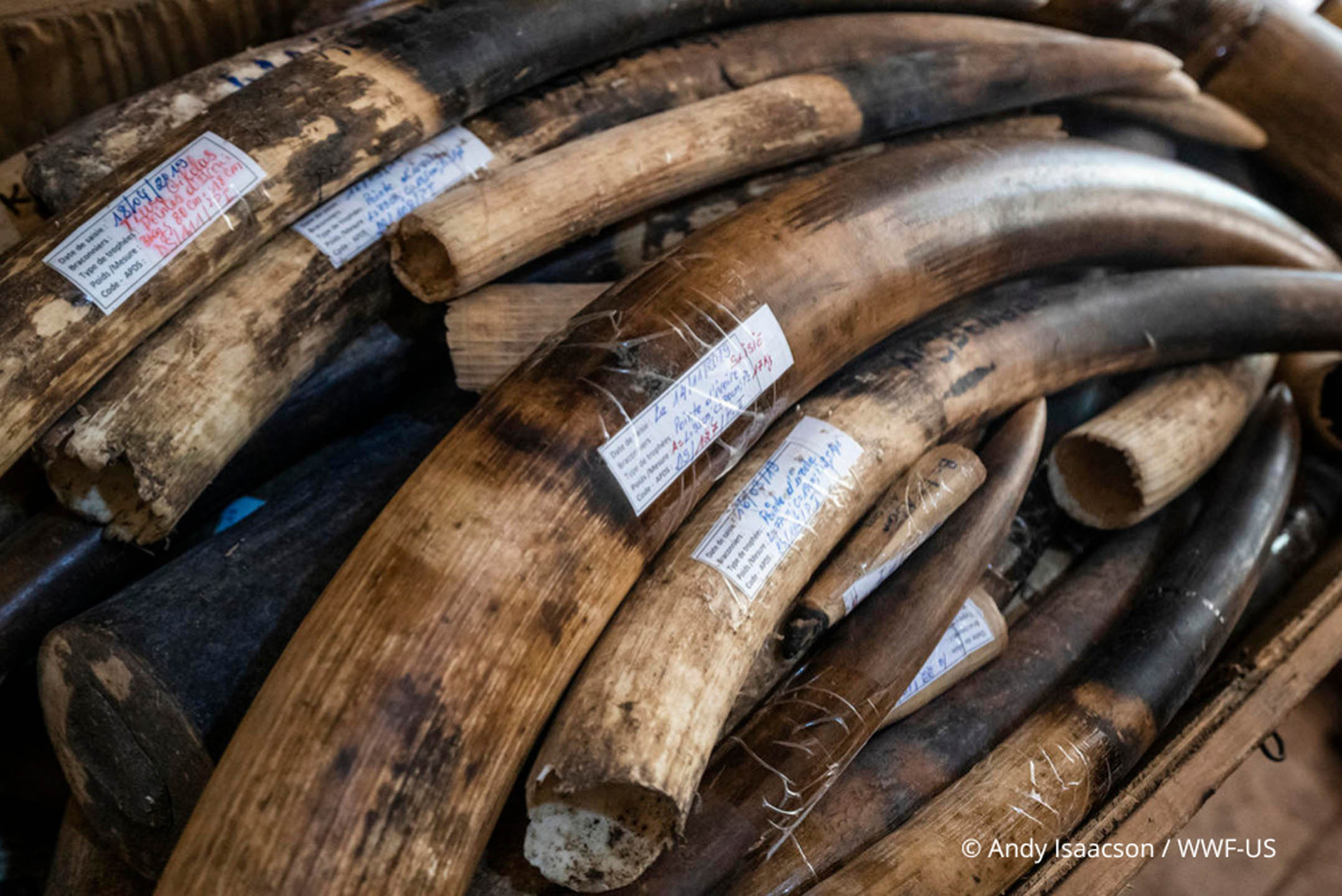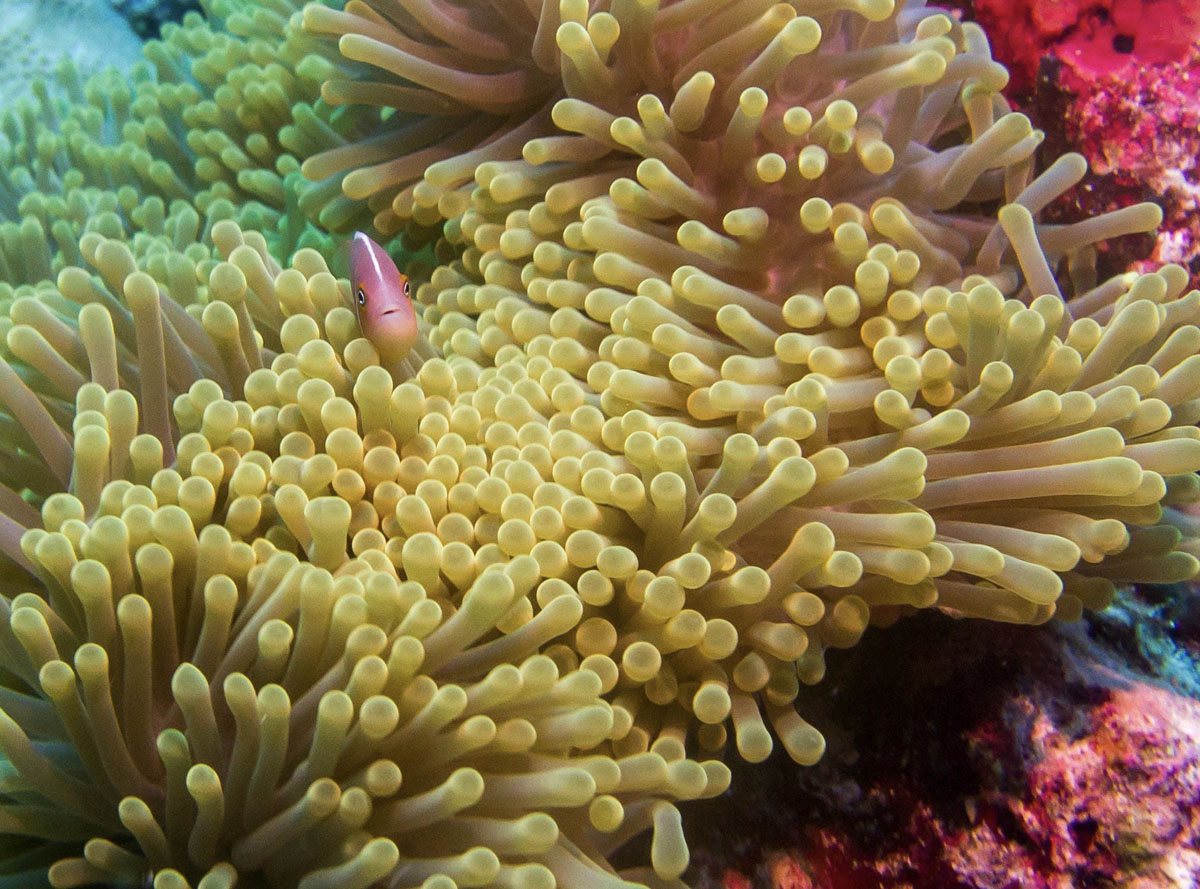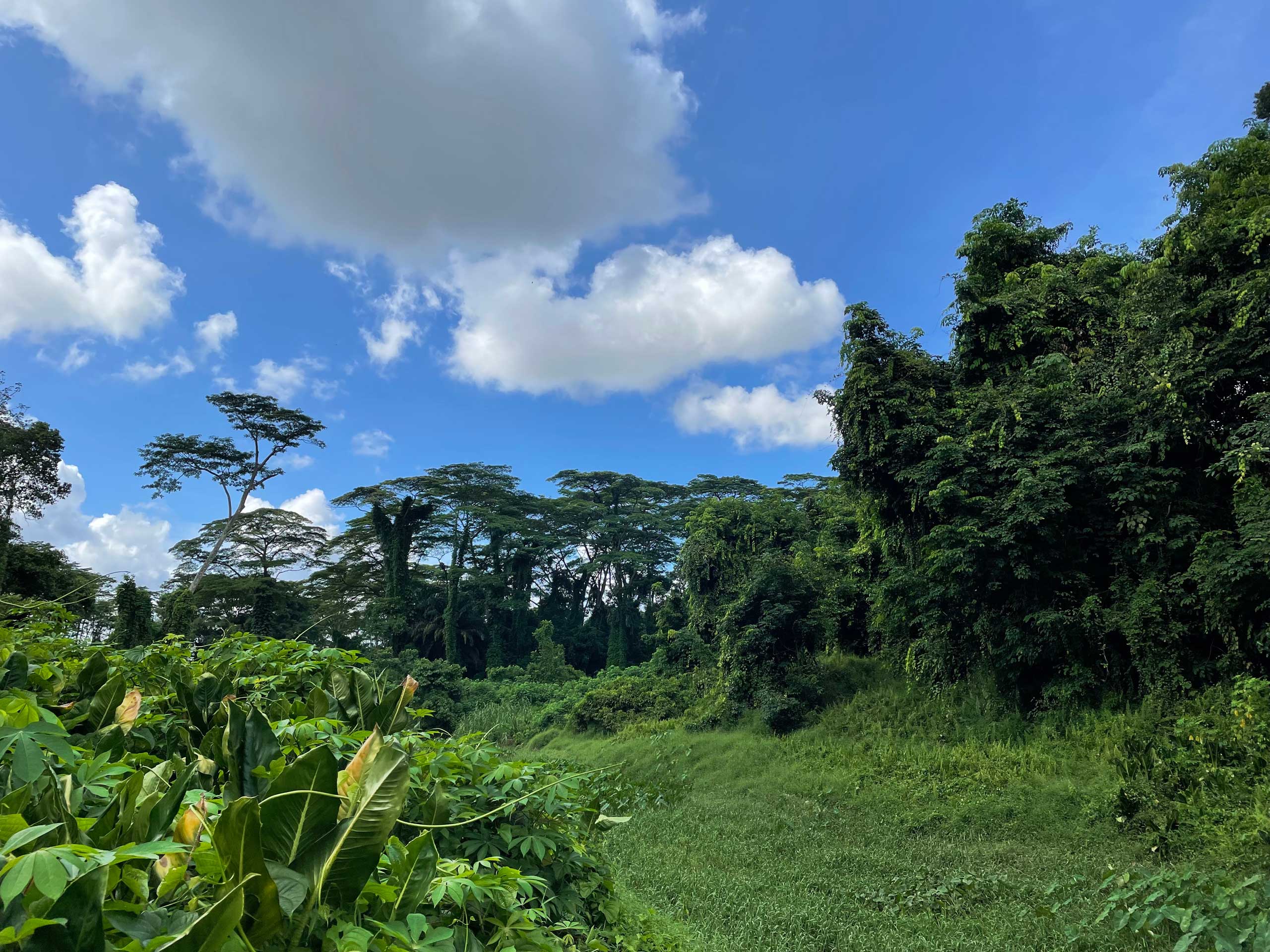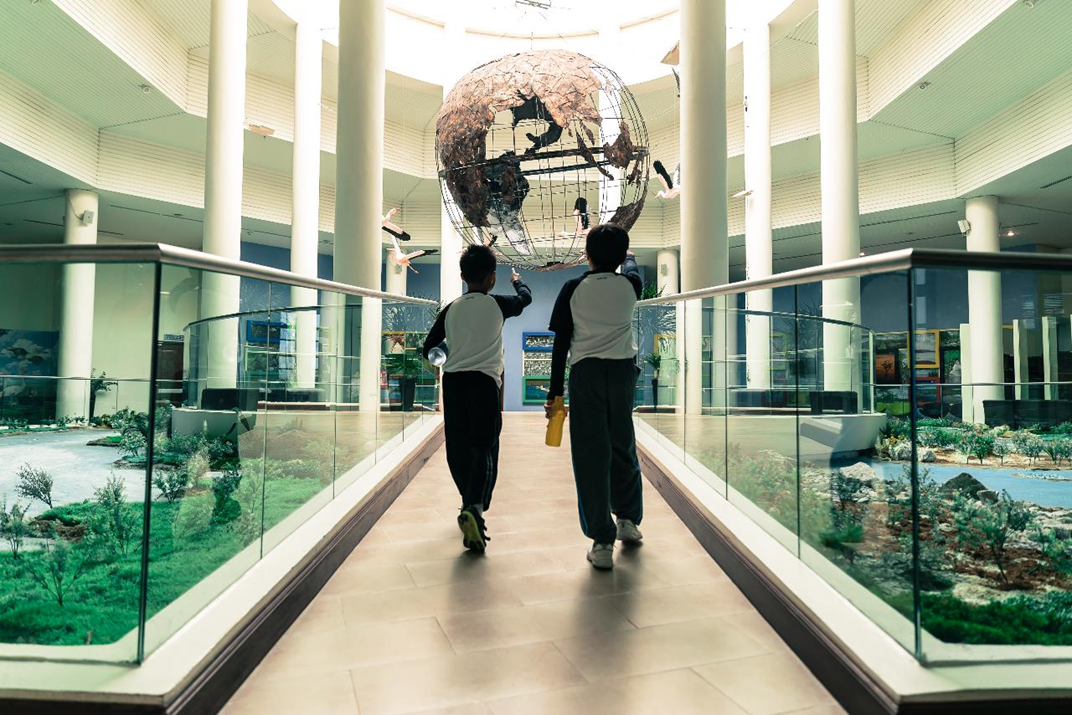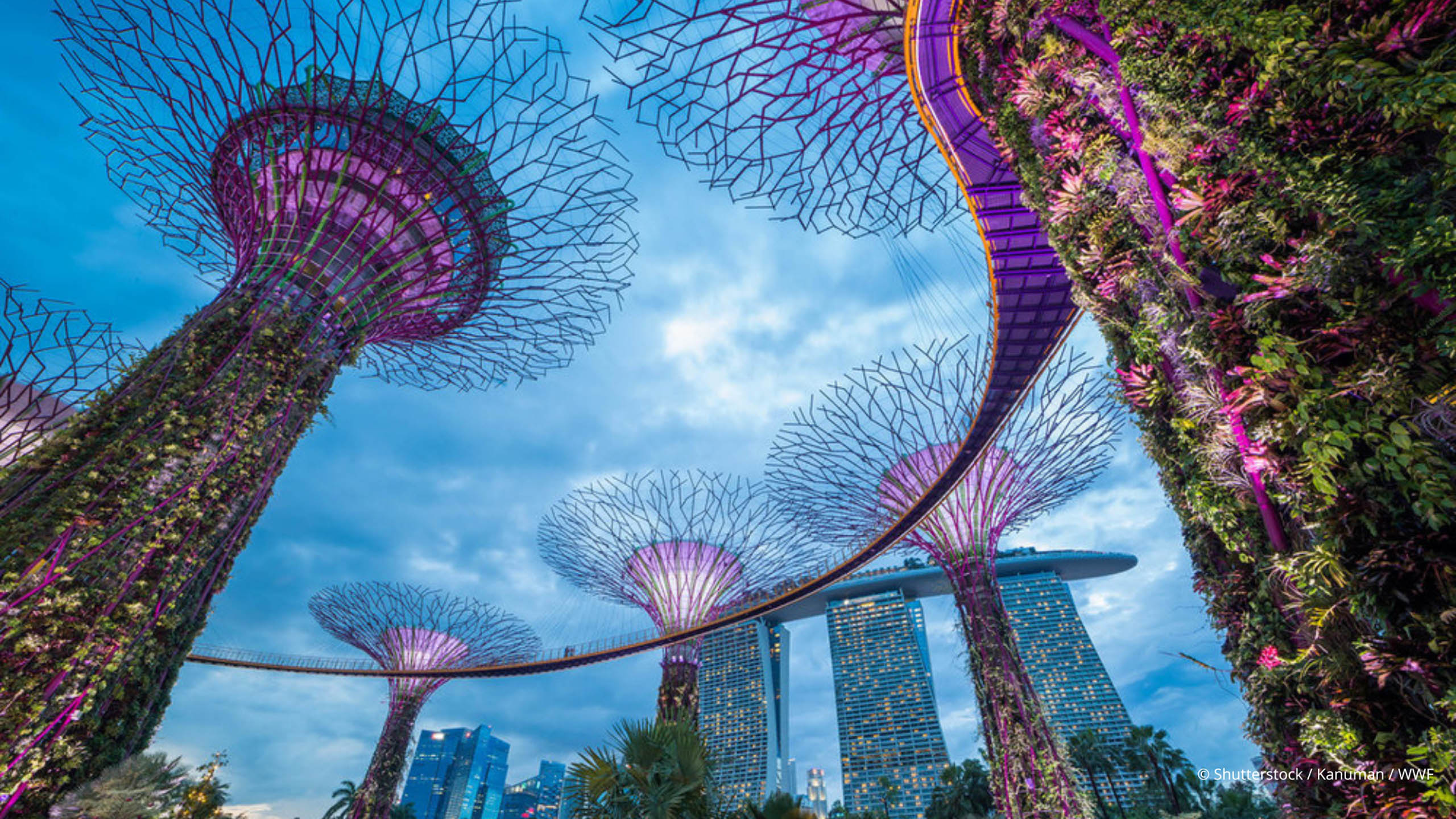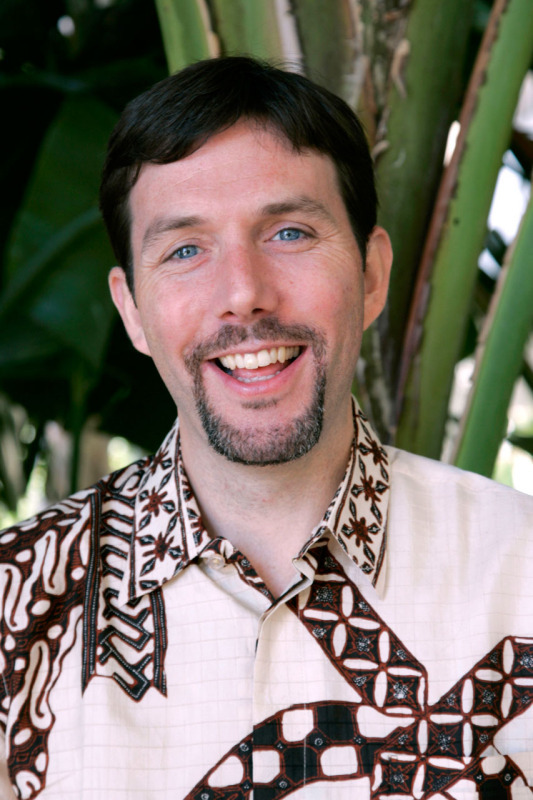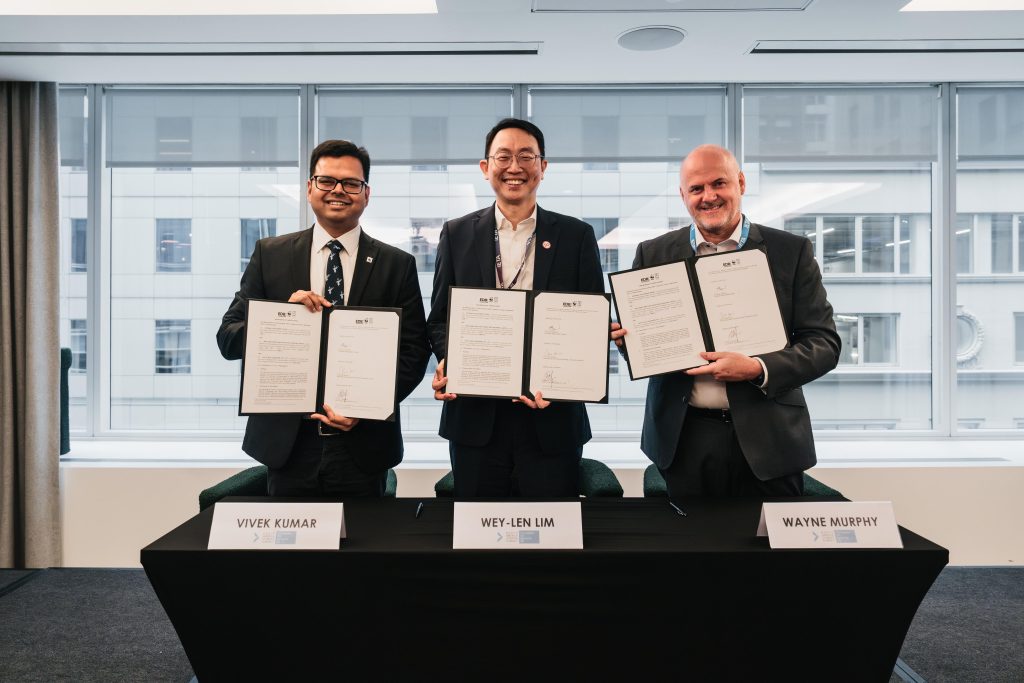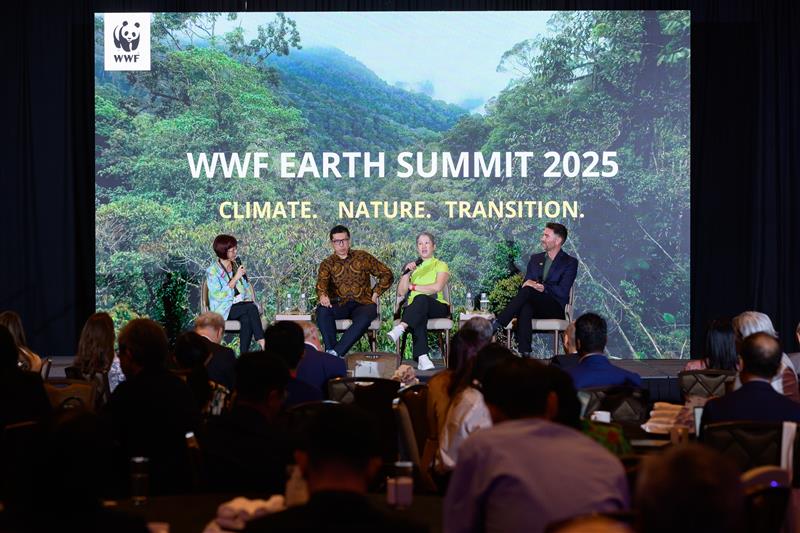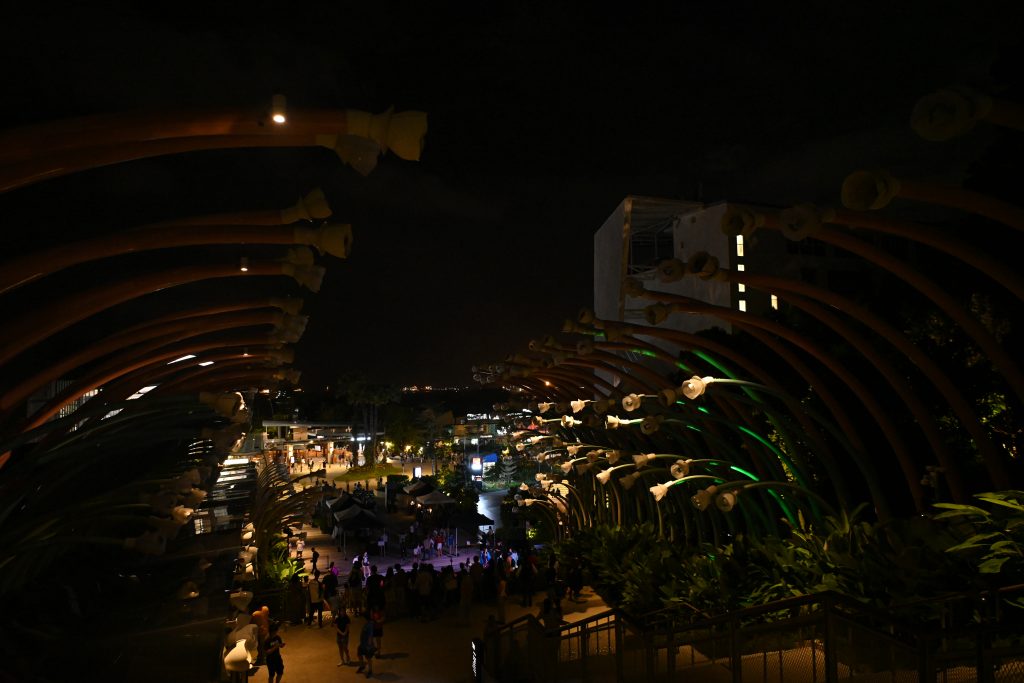Three years ago this month a ground-breaking agreement was signed between the three nations of Borneo, Brunei Darussalam, Indonesia and Malaysia, to protect an area of pristine rainforest known as the Heart of Borneo. The man responsible for brokering that deal is Adam Tomasek, leader of the WWF Heart of Borneo team. On a recent visit to Singapore Adam was able to answer some of our questions about this amazing landscape which could be the last rainforest wilderness in South East Asia…..
Q: What is so special about the Heart of Borneo?
A: Firstly it is huge, over 22 million hectares – that’s 300 times the size of Singapore! It includes some of the most biologically diverse habitats on earth, and is one of only two places on earth where elephants, orangutans, rhinoceros and clouded leopards share the same territory. Although an astounding average of 3 new species per month were discovered between 1995-2005, much of the forest remains unexplored likely holding many more undiscovered species. The Heart of Borneo is home to many different indigenous peoples, including Dayaks, Penan, Iban, among many others. Some are famed as Borneo’s headhunters, while others continue to hunt with blowpipes even today.
Q: What are the threats to the Heart of Borneo?
A: There are many challenges, and the experience from the past shows us that the natural capital harbored within the Heart of Borneo is of great commercial interest. The island of Borneo has seen an immense amount of change over the past century, By the 1980s major commercial operations were eating away at the once untouchable and impenetrable forests of Borneo. The last 20 years of the century saw more timber cut and traded from Borneo than from the entirety of the Amazon and Congo regions. Timber companies, palm oil plantations, mining operations, hydropower and other infrastructure developments are all key players within the Heart of Borneo landscape. WWF has developed a proactive approach to cooperatively working with the private sector, as our experience has shown that far greater results can be realized and sustained when business, government and civil society work toward a common goal. We have high expectations in 2010 for demonstrating new public-private partnerships to deliver the vision of the Heart of Borneo.
Q: Why was the 2007 Declaration on the Heart of Borneo so unique?
A: One of the reasons why the Declaration was so unique was for the simple fact that it brought together the governments of Brunei Darussalam, Indonesia and Malaysia under a common commitment. The island of Borneo is no stranger to conflicts and over the past century there have been major disputes and conflicts between the three countries. The Declaration doesn’t just commit the three governments to conservation, but also to sustainable development. This is not common and is extremely important component of the trilateral agreement. The private sector (timber, palm oil, mining, and pulp industries) is a major stakeholder in the area within the Heart of Borneo. Looking at business as a force for good, as a strong partner within the commitments of the Heart of Borneo makes this a very unique agreement.
Q: Can you describe the magic of the Heart of Borneo?
A: Waking up in the morning in the jungles of the Heart of Borneo it looks like the set of a Hollywood movie, the place is blanketed in mist. Then there is the unforgettable morning call of the gibbons. Nature’s alarm clock. As the sun begins to peek over the mountains, the mist rises, the tops of the trees become visible, and the gibbons begin their orchestra of calls that echo through the valleys. These things are invaluable. You can’t put a price on them. But there are many treasures, big and small, within the Heart of Borneo. There are so many reasons to be fascinated, to be awe-inspired. Seeing a clouded leopard cub follow its mother along a forest trail at dusk and then in a blink of an eye disappear into the bushes. Or watching a large male orangutan gorge himself on fresh wild durians, to see a flying lemur glide between trees, spot a tiny mouse deer, be startled by the cackle of a Great Argus Pheasant or mesmerized by the wingspan of a Rhinocerous Hornbill. To dance with Dayaks to celebrate the harvest season or listen to the elders talk of the spirits or watch a traditional tattoo ceremony, these are priceless. This is what drives me to do what I can to help bring about a healthy future for the Heart of Borneo. I am driven by trying to avoid the predictions that Borneo’s forests will disappear before my children become adults. What nature created over millennia, we risk losing in a few short years. I am not willing to accept that.
Q: But why should Singaporeans care about the Heart of Borneo?
A: The Heart of Borneo is Singapore’s backyard. It is a global treasure, yet few in Southeast Asia know much about it. It is a mythical island just a short flight from Singapore, replete with stories of headhunters, the last stronghold for orangutans in the world, full of cultural diversity and under explored jungle adventures. Singapore has strong connections to the island of Borneo, some better understood than others. For example, most Singaporeans have had to endure the annual haze where the city is shrouded in an unhealthy and damaging air. Unfortunately the haze comes from forest fires in Indonesia and Malaysia, from the island of Borneo and Sumatra. The forests of the Heart of Borneo can be the lungs of the region, but they need to be well protected to capture harmful green house gases and provide life-giving clean air and water. Singapore has business connections with Borneo. For example wood, palm oil, pulp and paper, coal and minerals, that originate from Borneo are traded through Singapore. The investors, shippers, traders, retailers, and consumers all have a role to play in bringing about a more sustainable commerce.
Q: What can Singaporeans do to help?
A: There are several things that Singaporeans can do to support the Heart of Borneo. First and foremost, become aware of the global importance of the Heart of Borneo. Consider it a part of your heritage. Secondly, become educated on the challenges facing the natural and social capital of the Heart of Borneo. Thirdly, become part of the solution. Everyone has a voice, and we have the power of choice. Individual actions can lead to collective momentum which can change the status quo. Singaporeans have opportunities to help develop the solutions and innovations needed to bring about the vision of the Heart of Borneo. The future depends on new ideas, new business approaches, new economic models and market, livelihood and climate relevant solutions.
4 things you can do:
– As Singaporean citizens you can encourage your government to expand financial, technical, and political support to enhance regional cooperation and implementation of Heart of Borneo Tri-National Plan.
– As Singaporean consumers you can support establishment of legal and green supply chains for timber, pulp & paper, oil palm and mineral resources. This can be done through personal consumer behaviors or via advocacy on improving trade policies and investments.
– You can encourage Singaporean government and businesses to provide leadership on creating long-term financing mechanisms based on sustainability principles and climate change realities.
– Also you can actively engage and educate others about the importance of the conservation and sustainable development goals of the Heart of Borneo.

